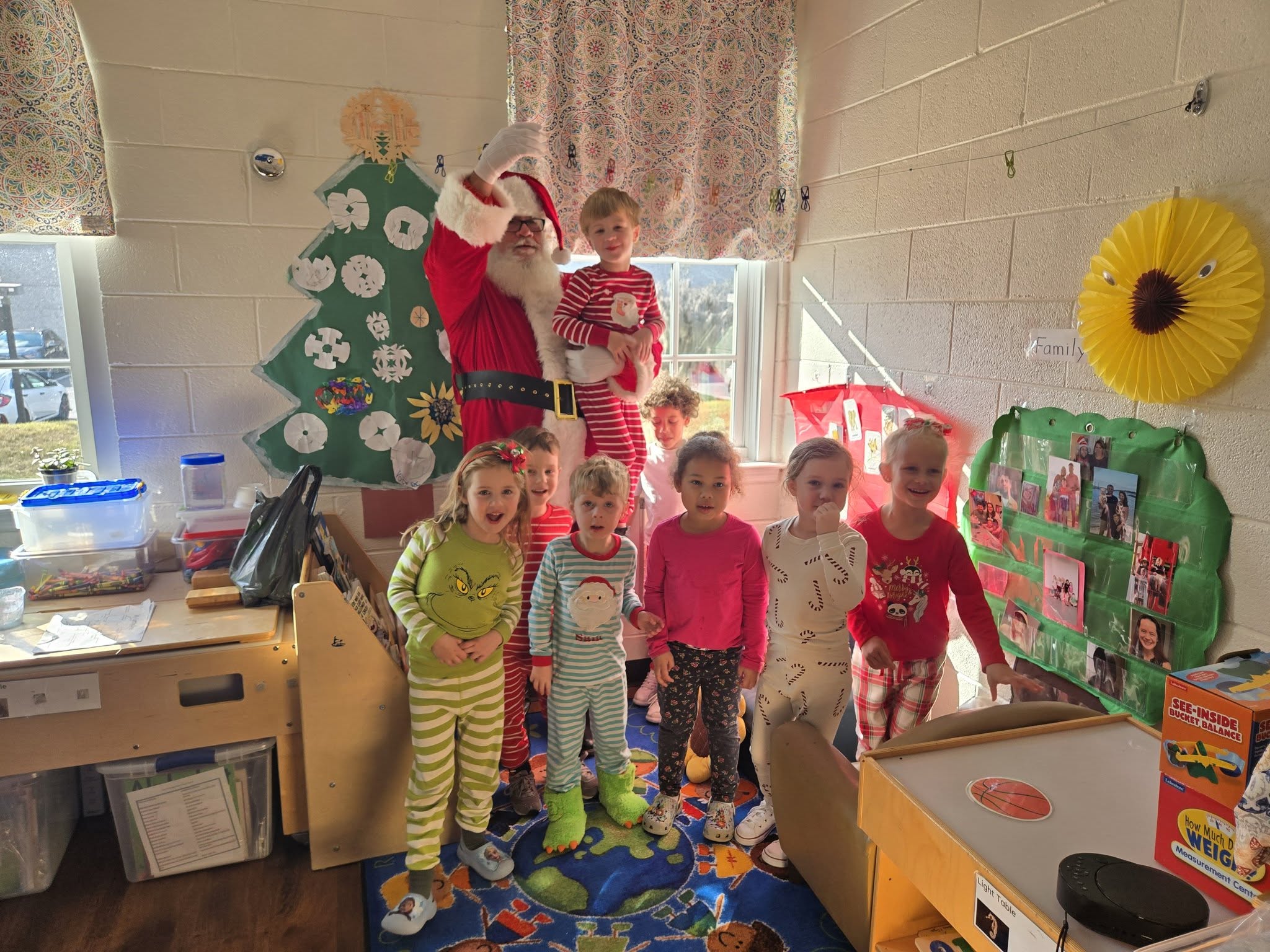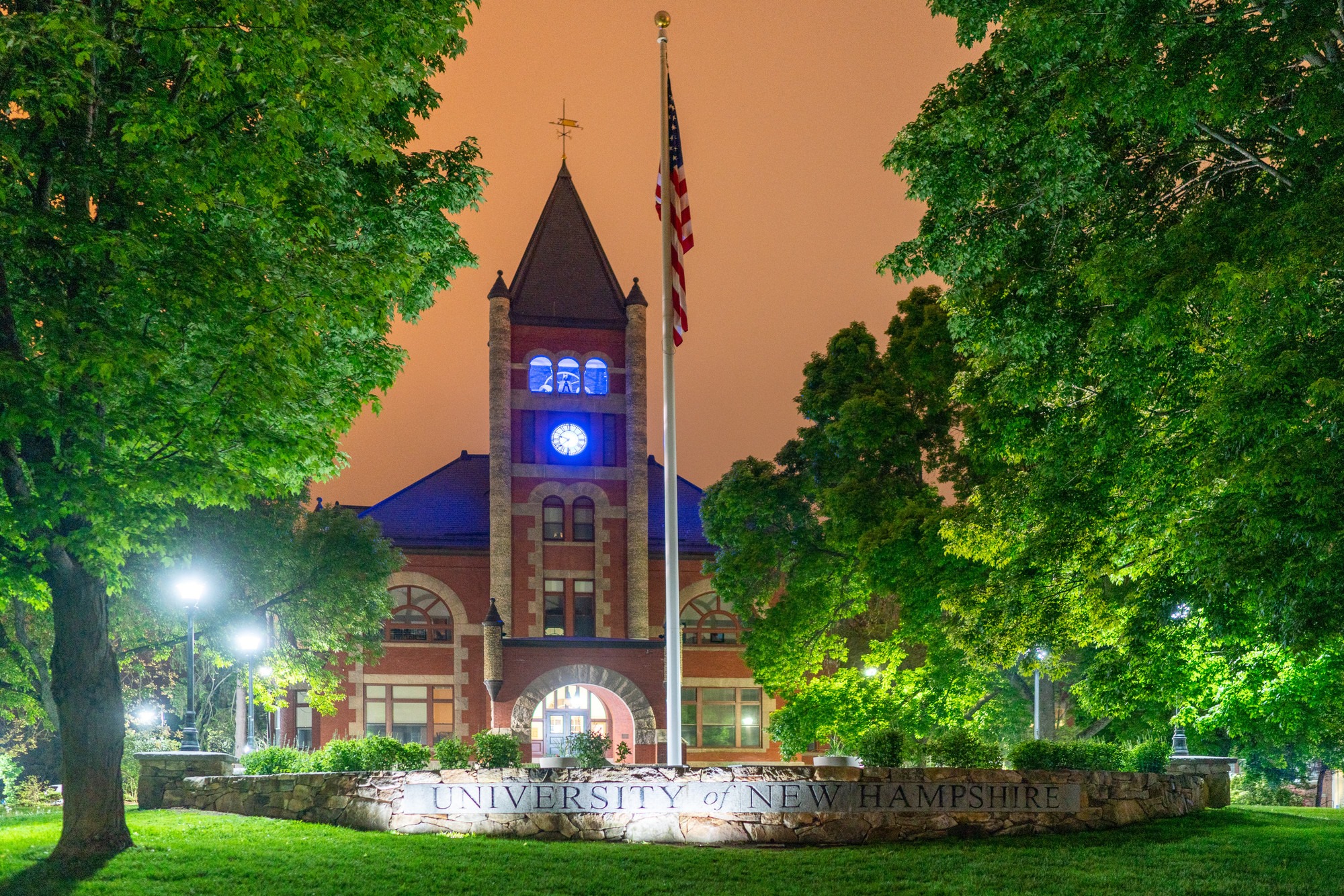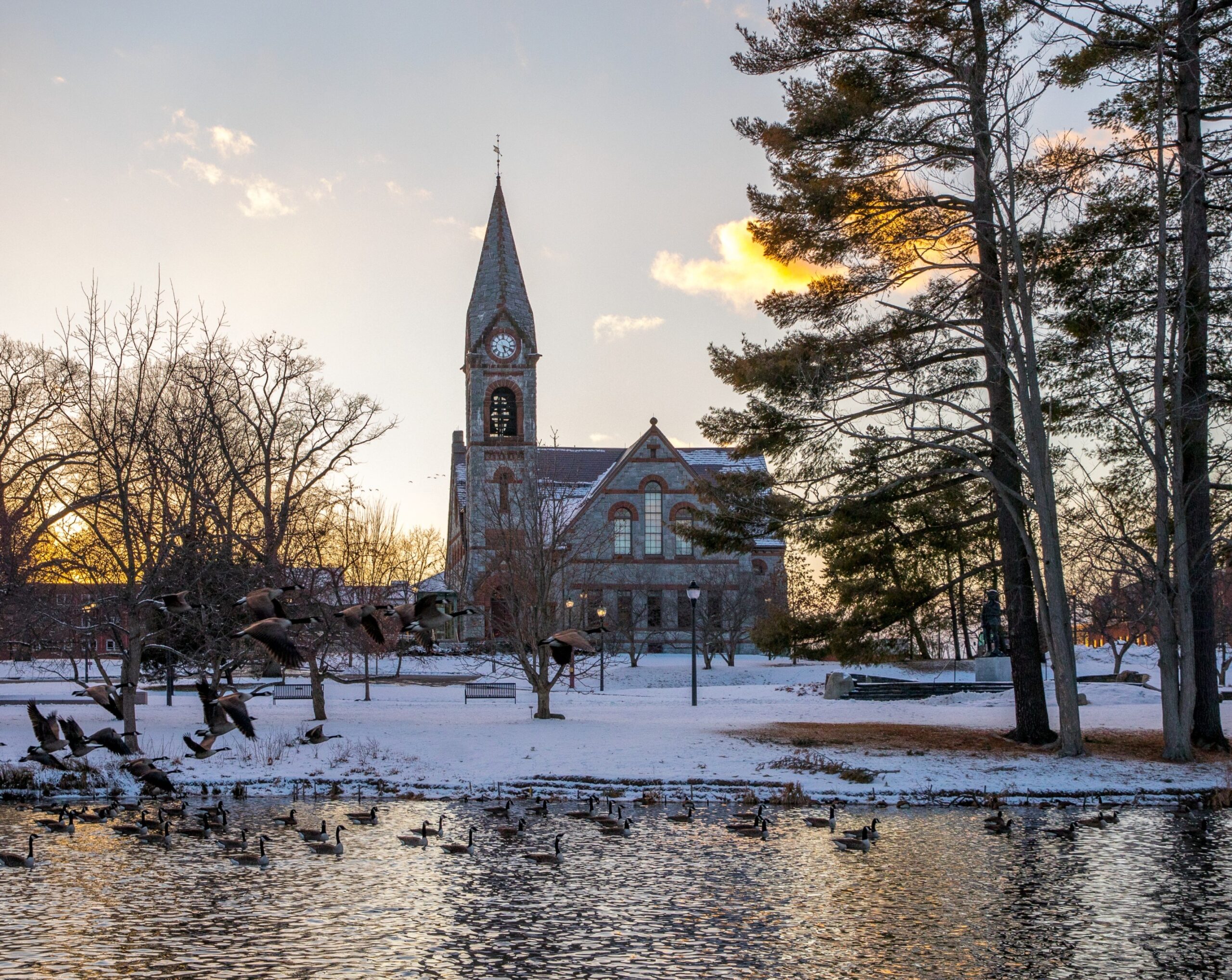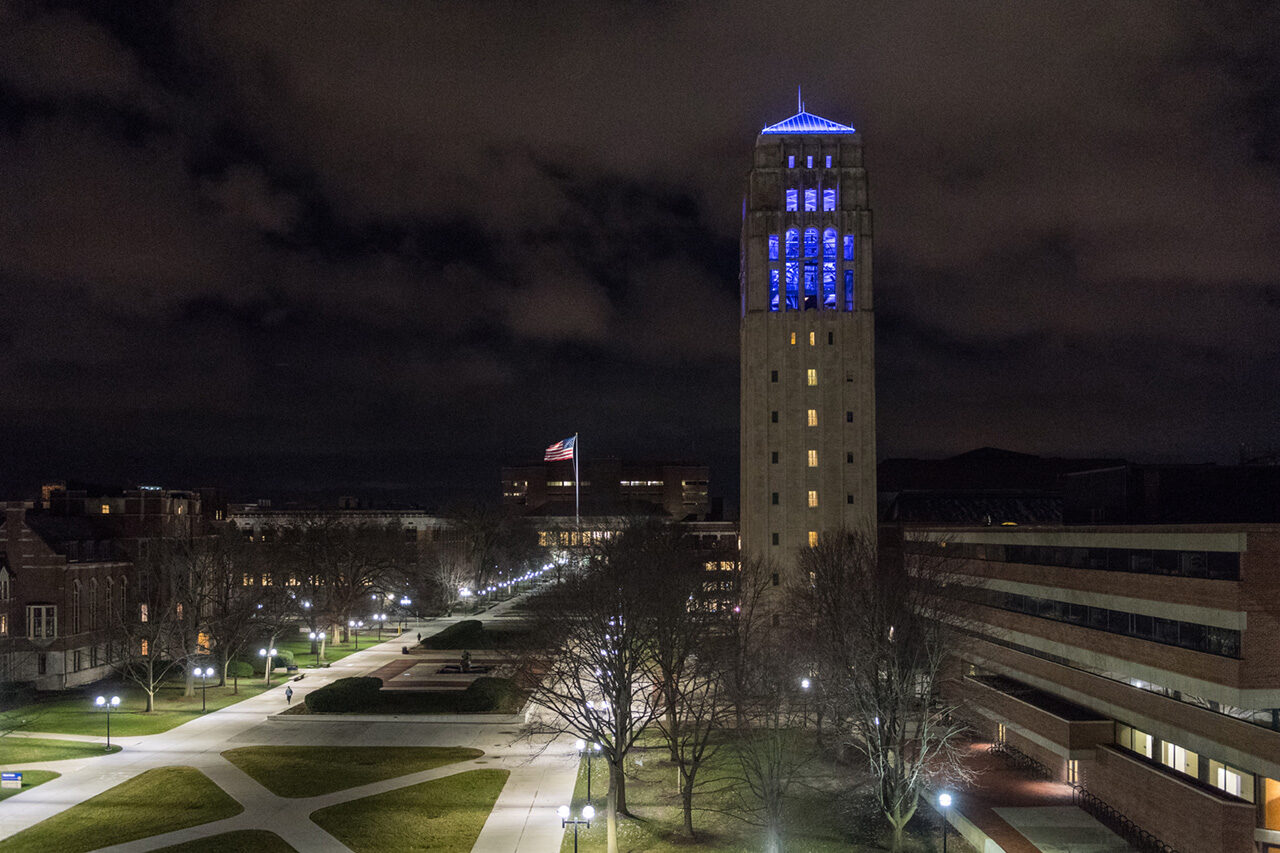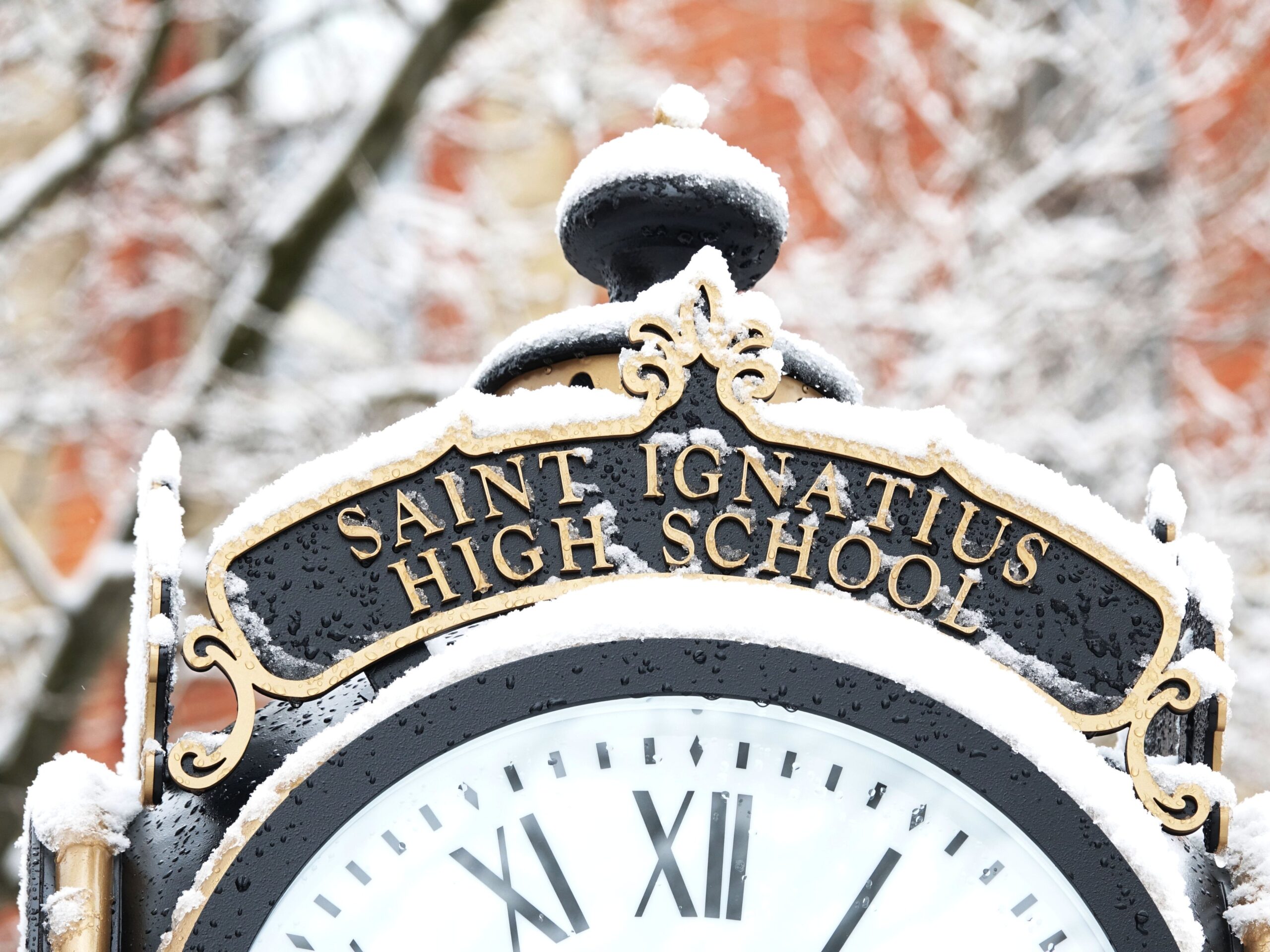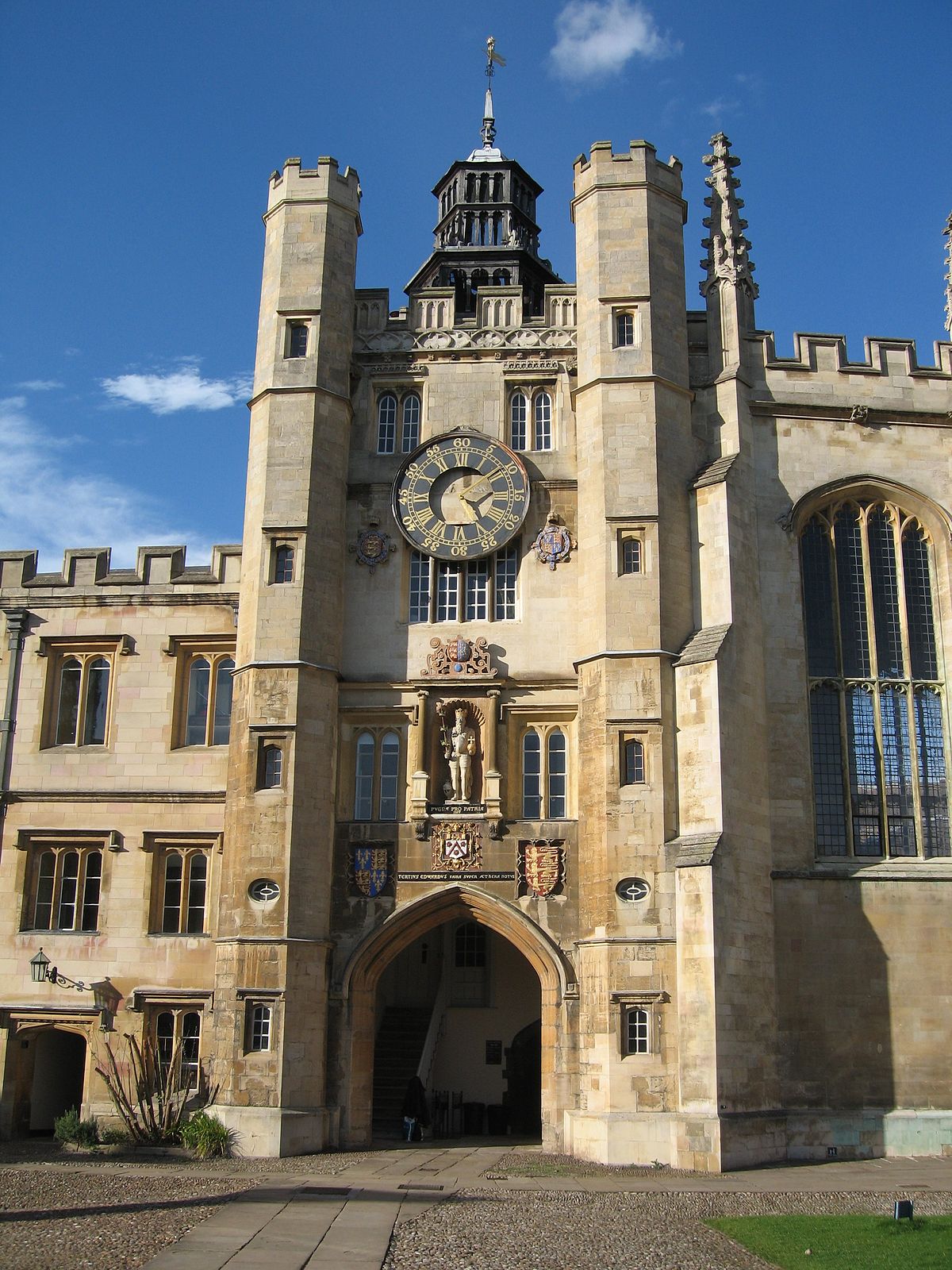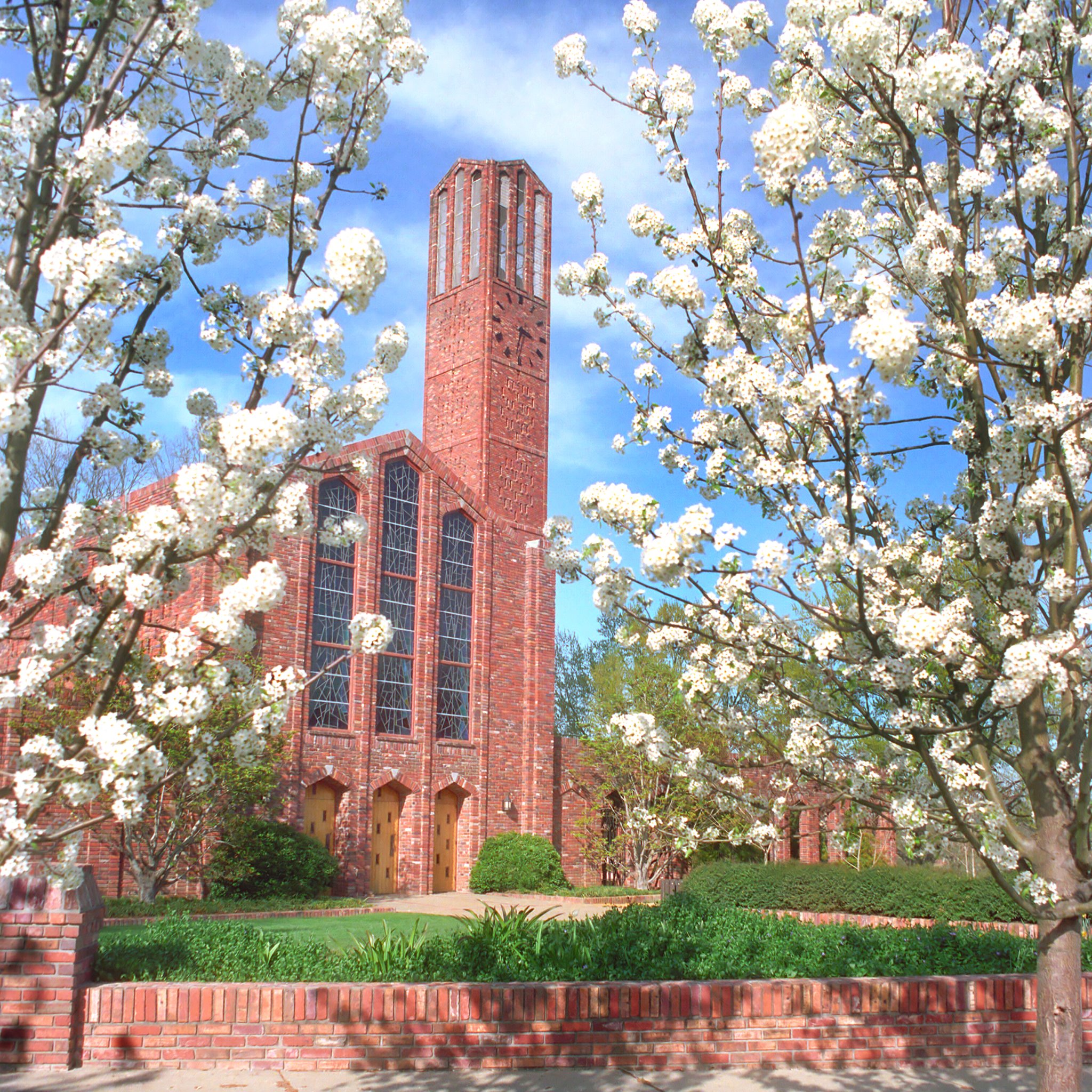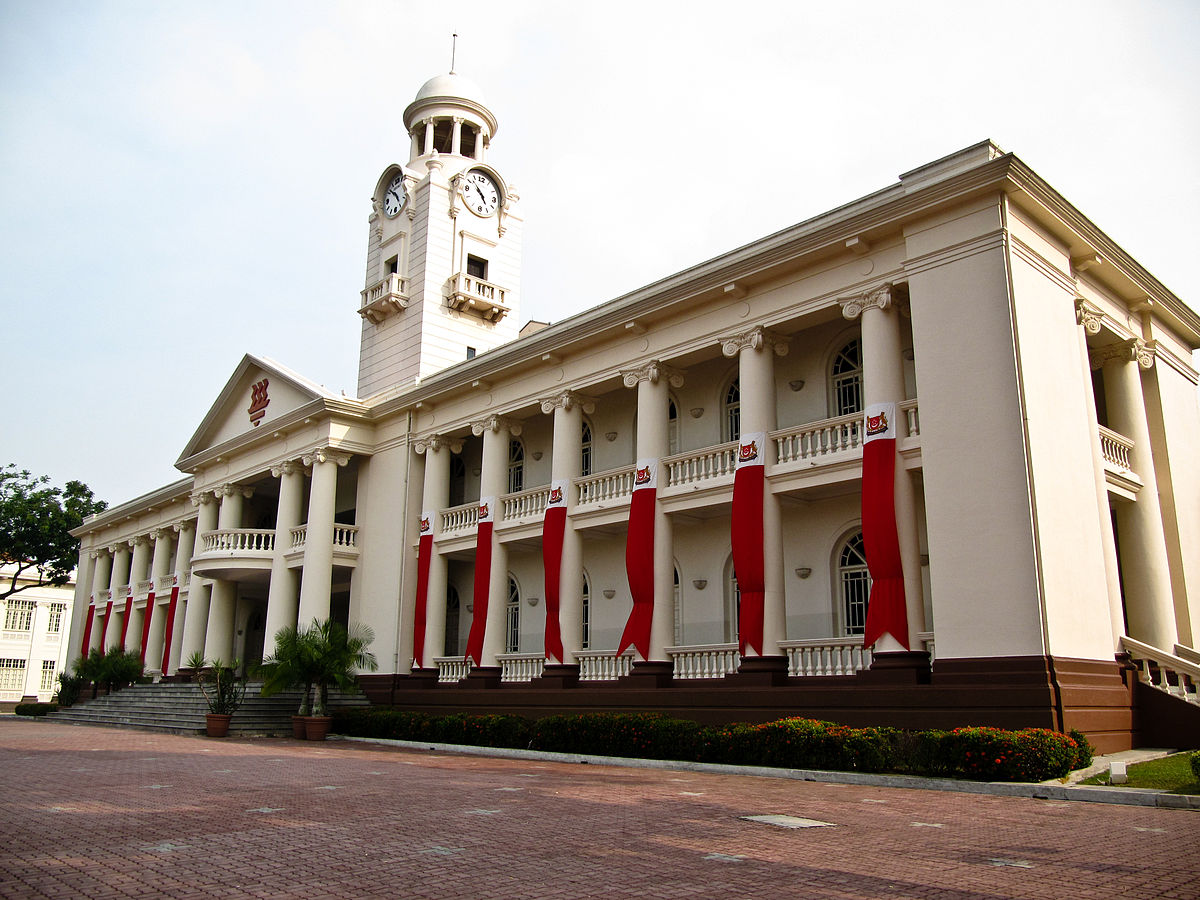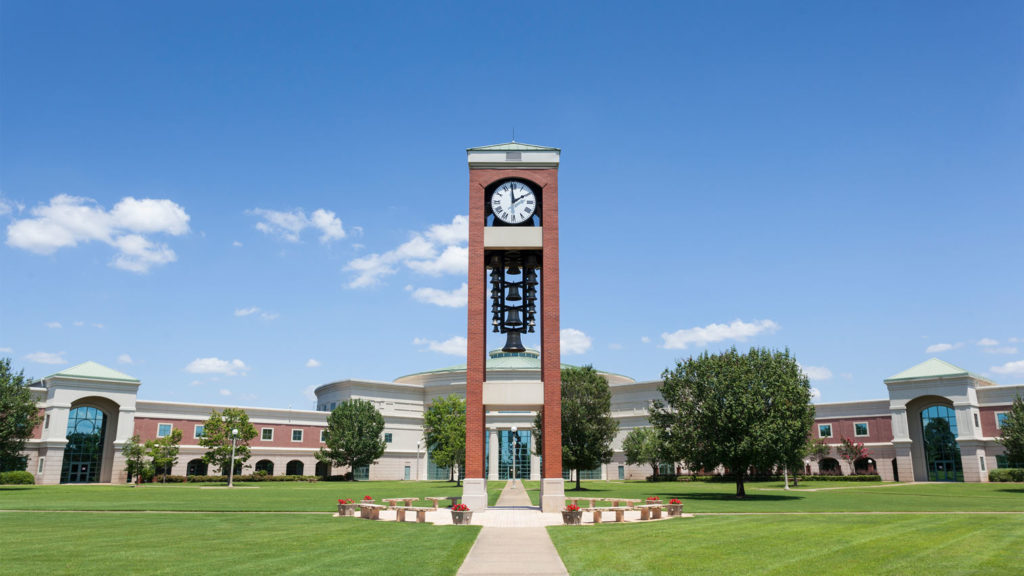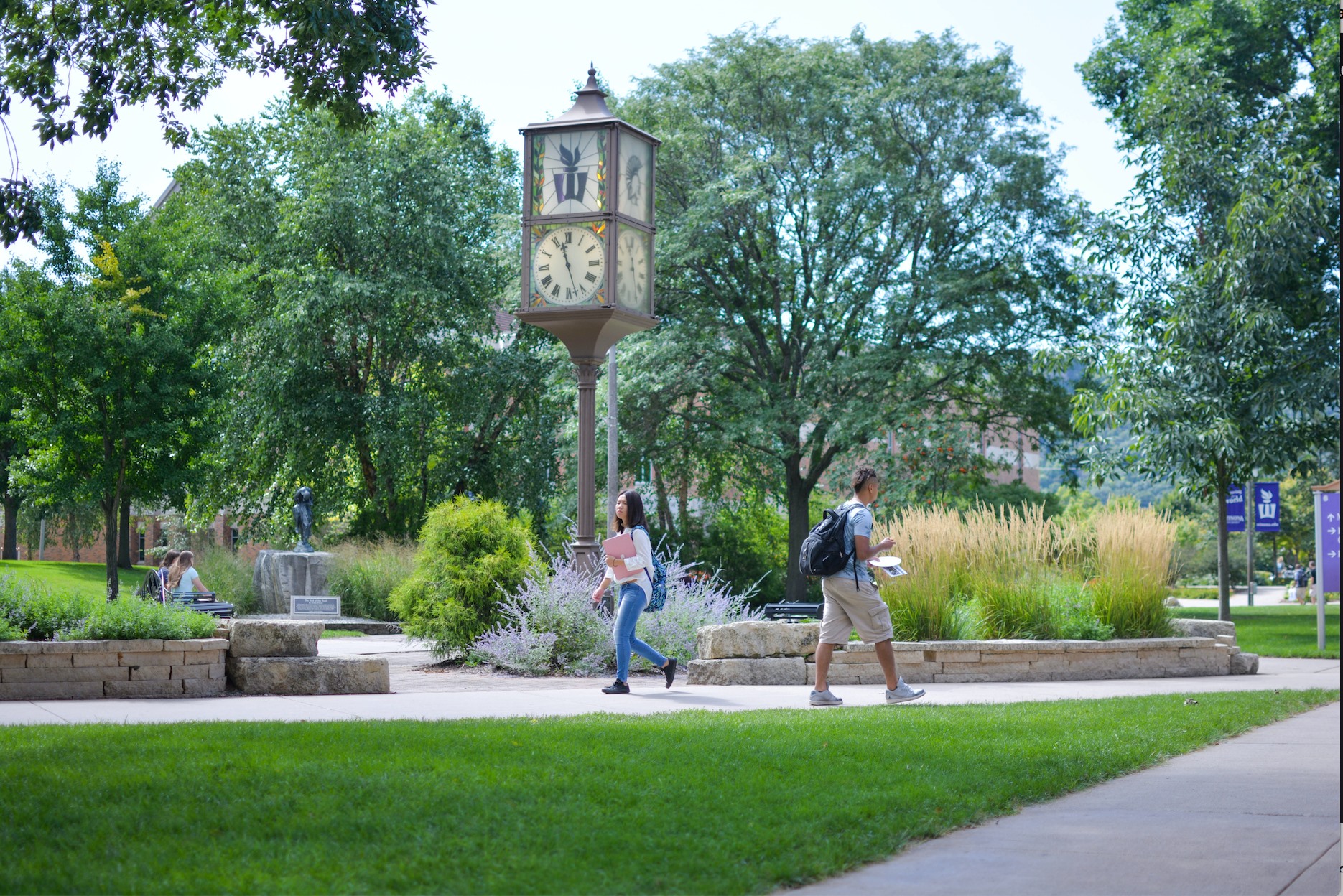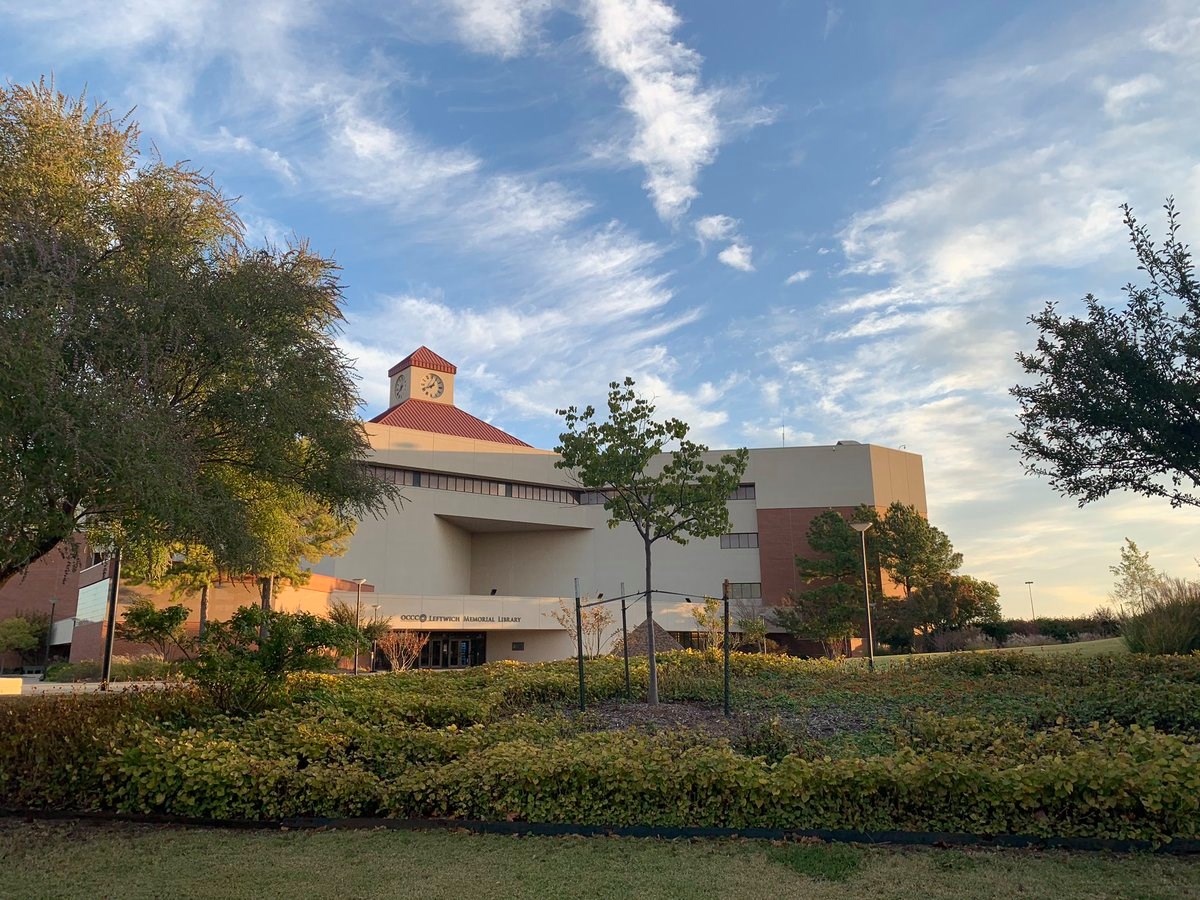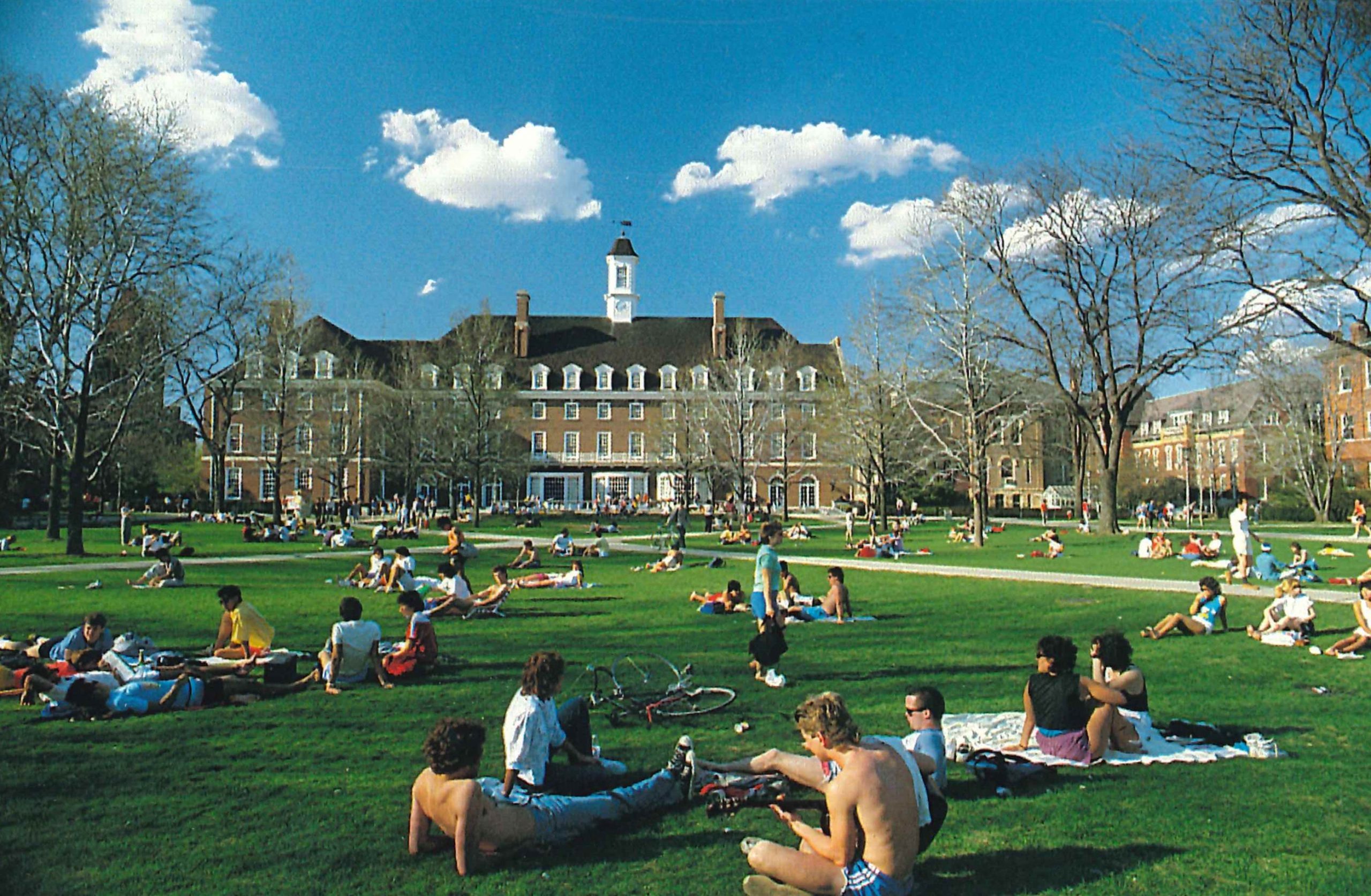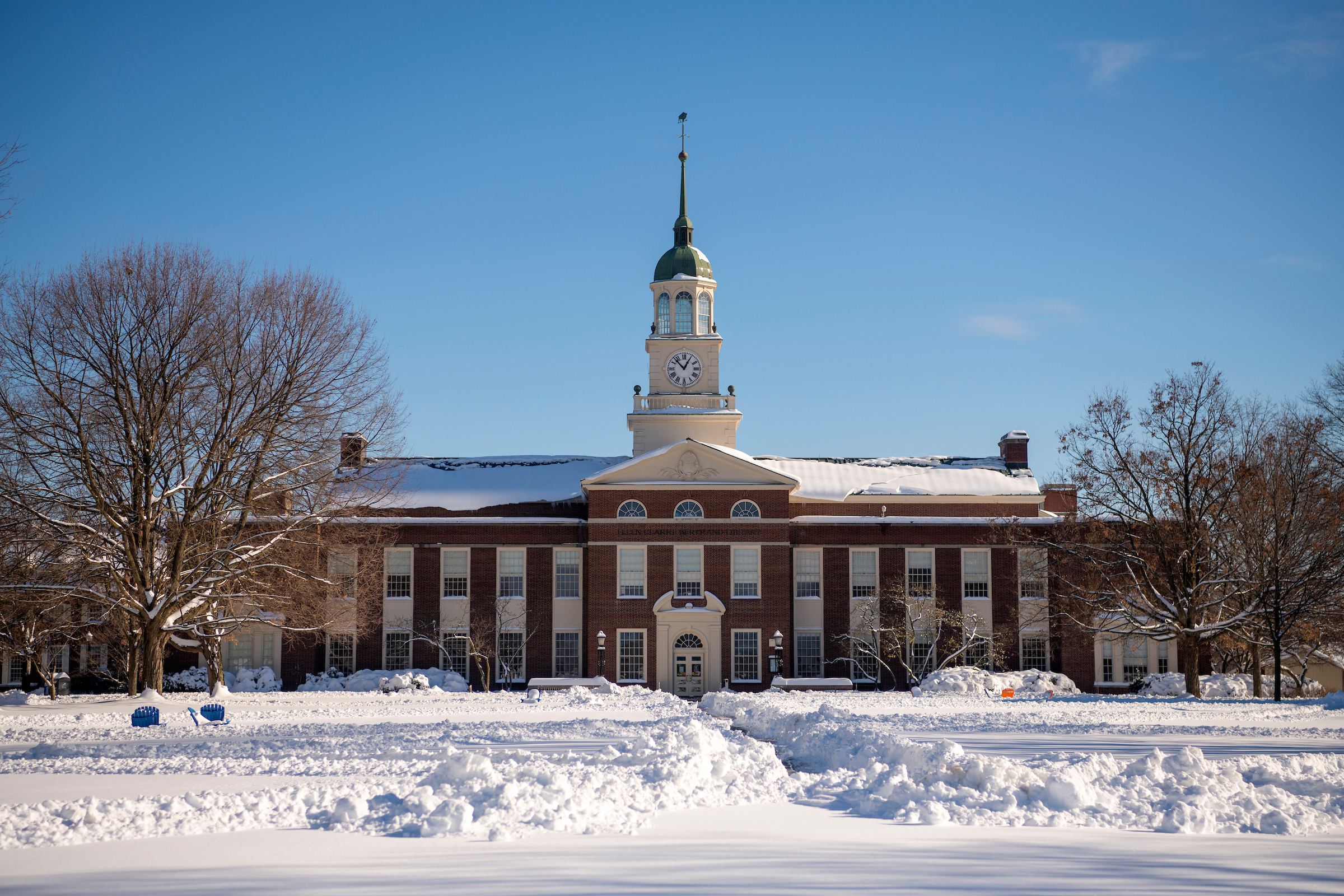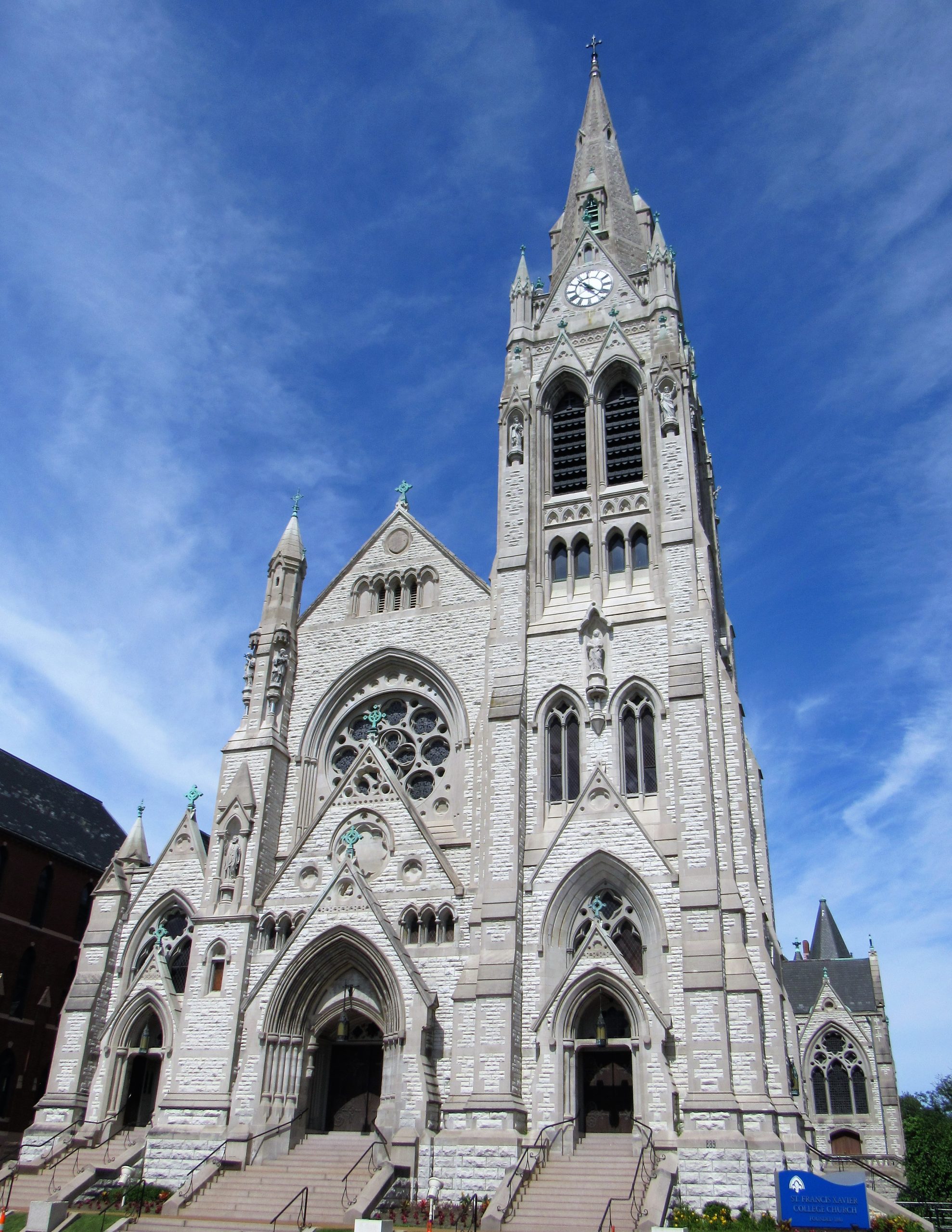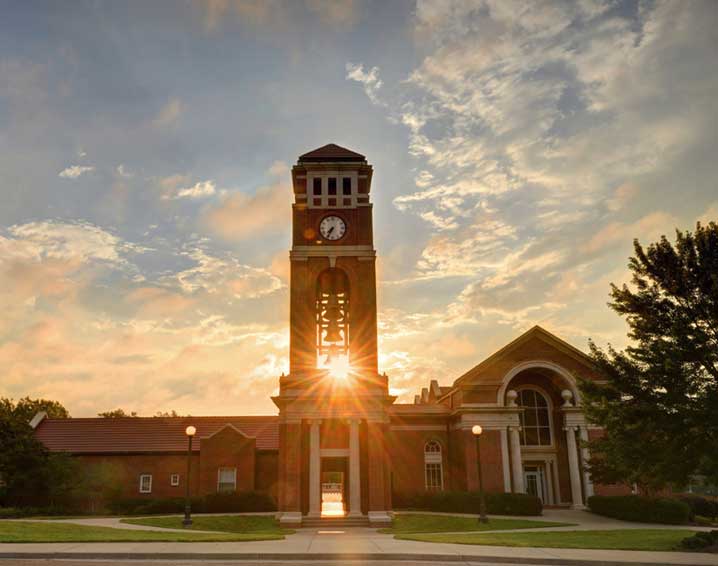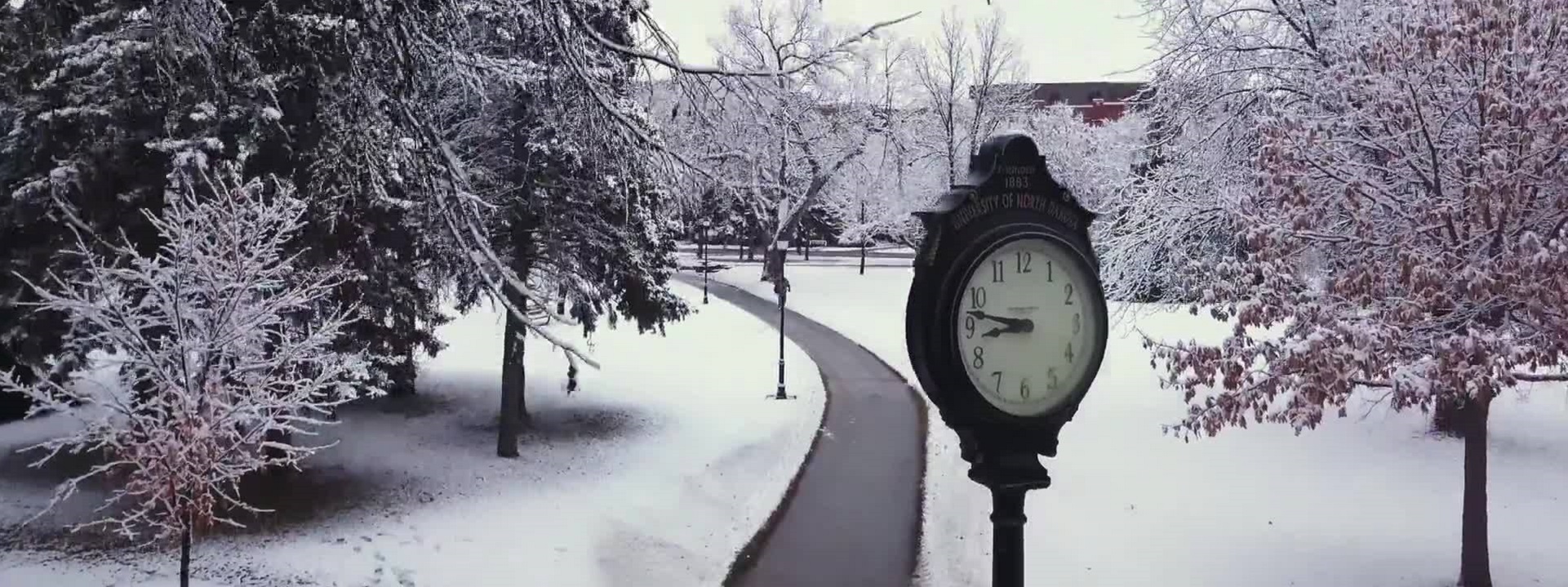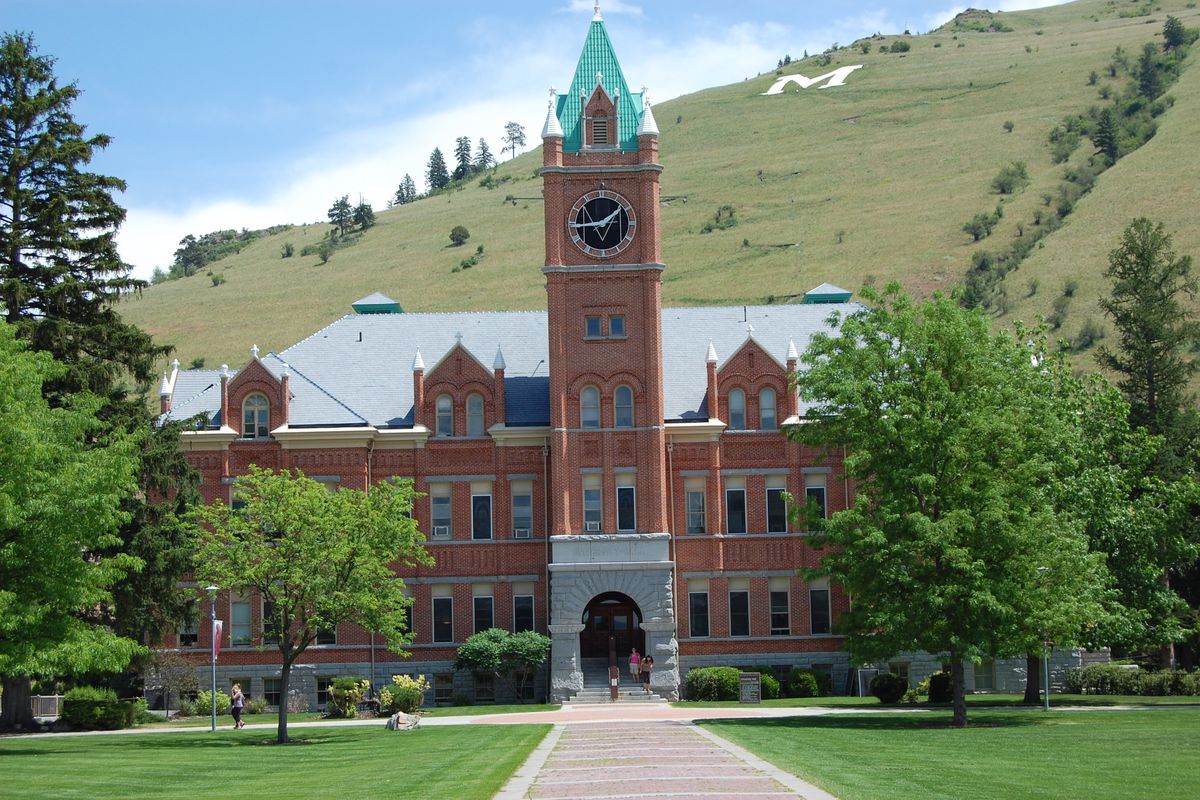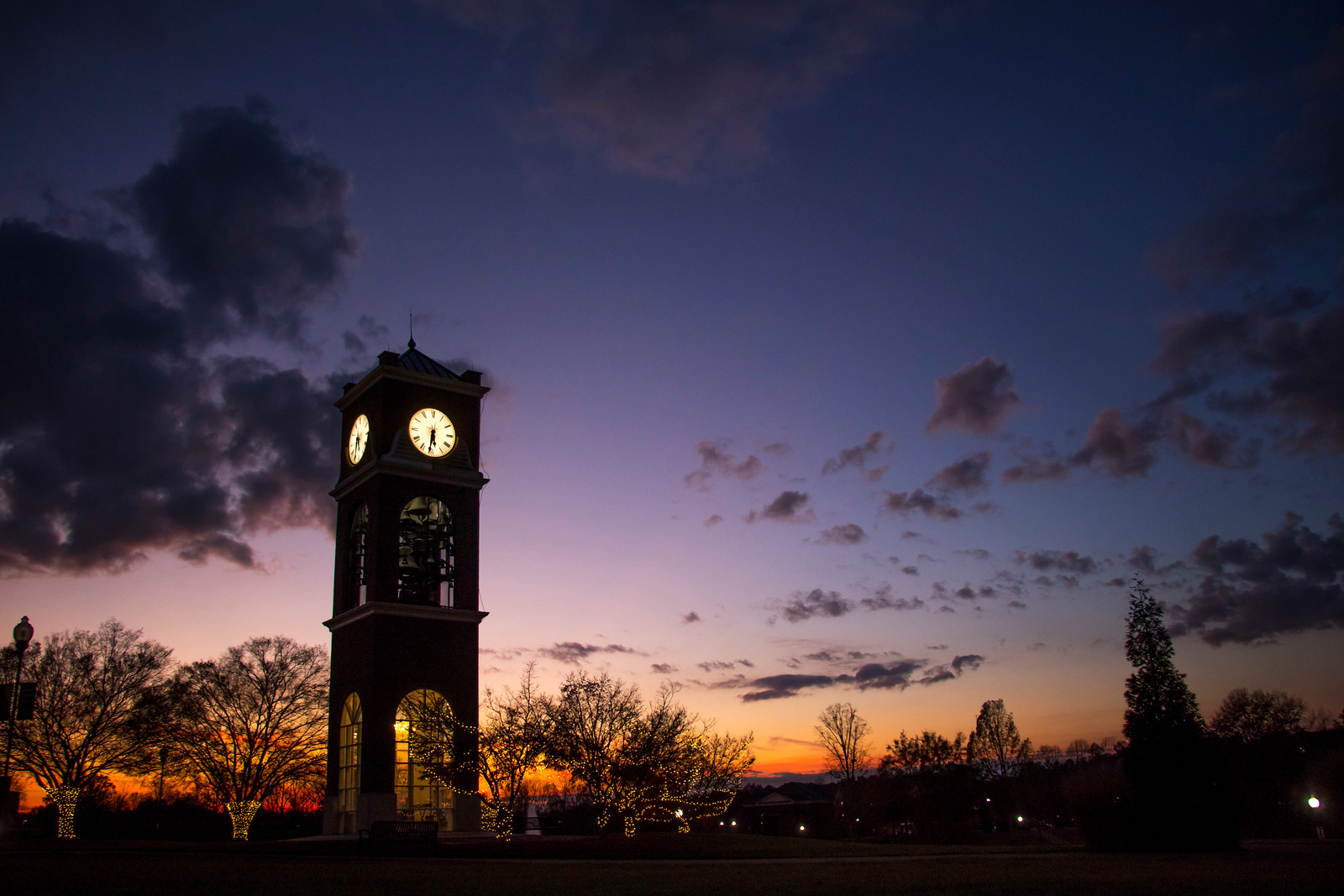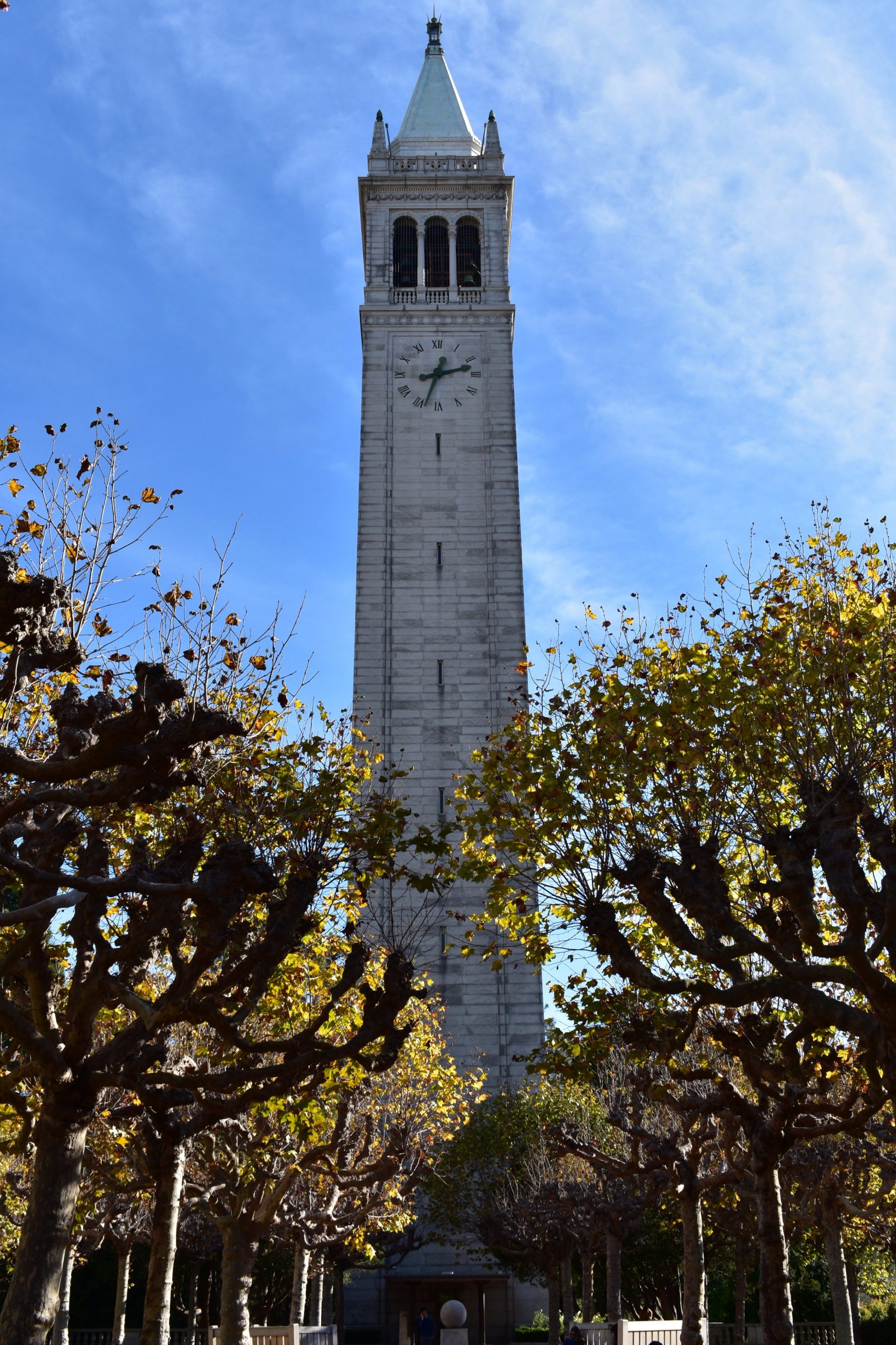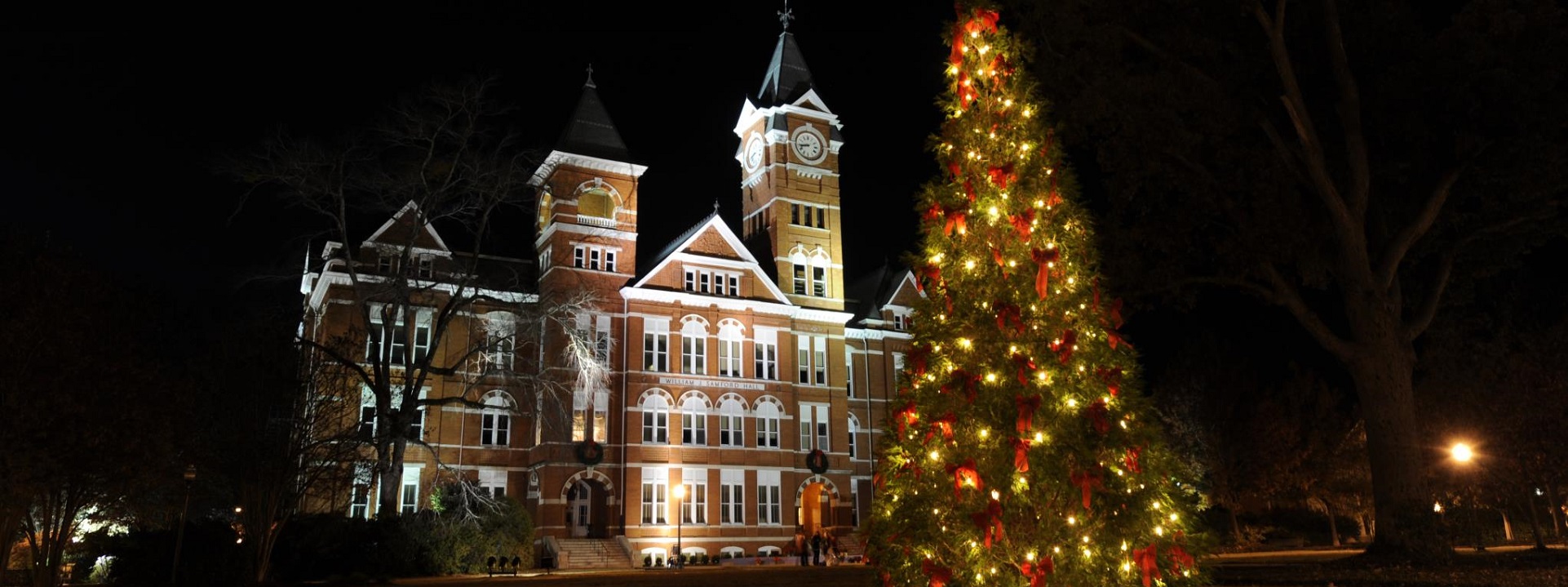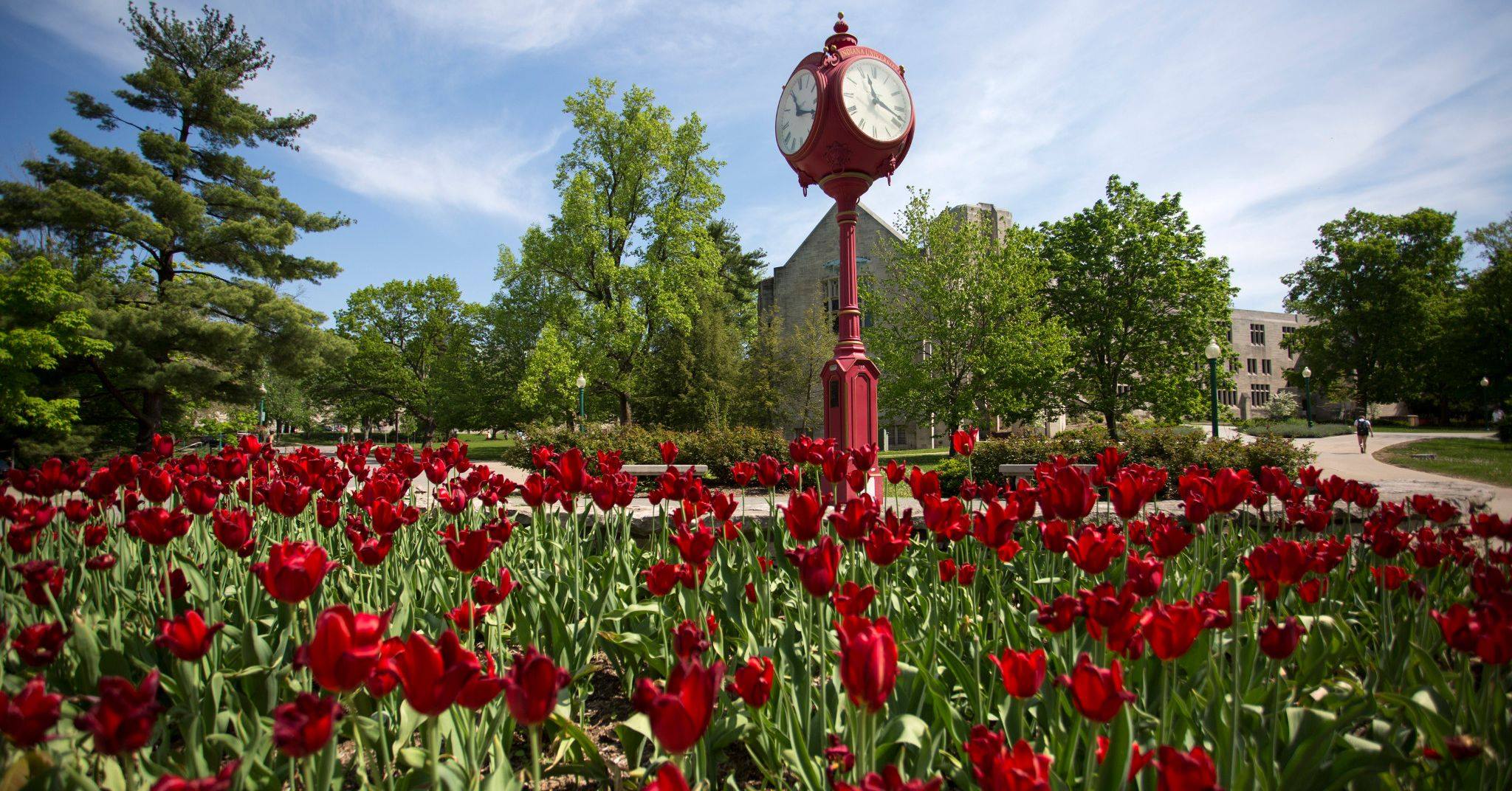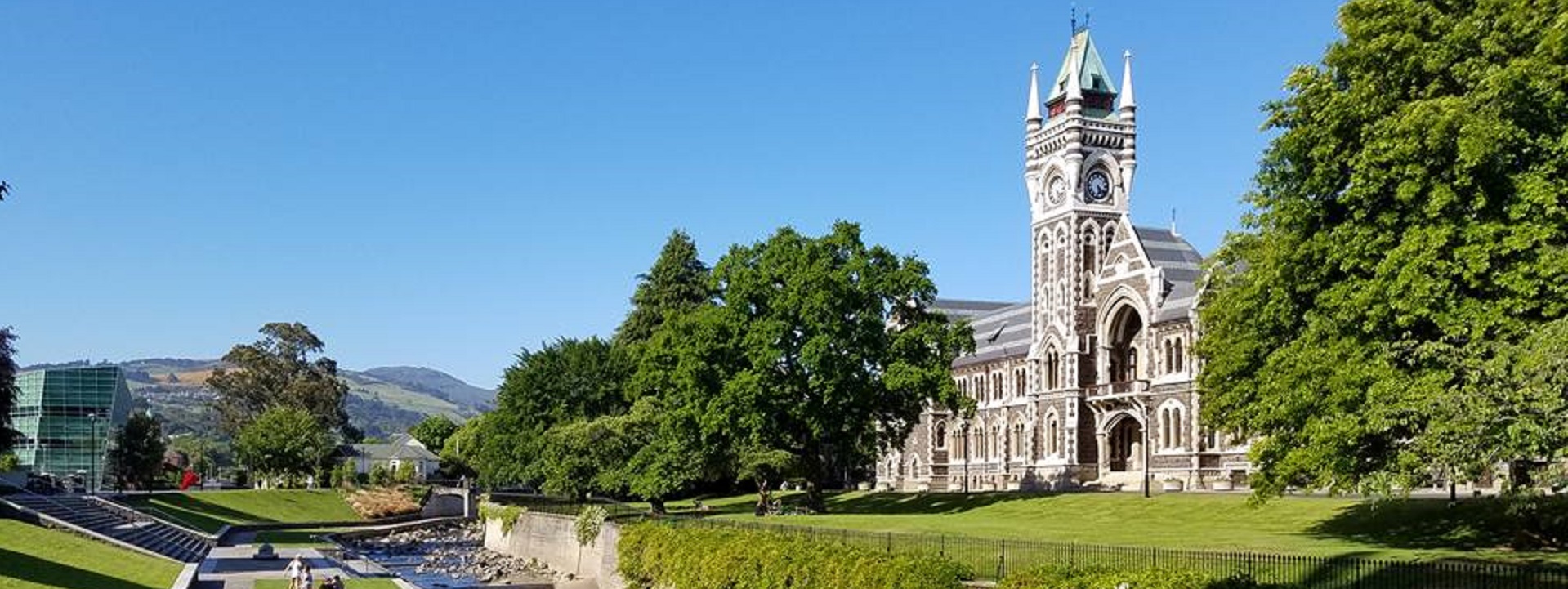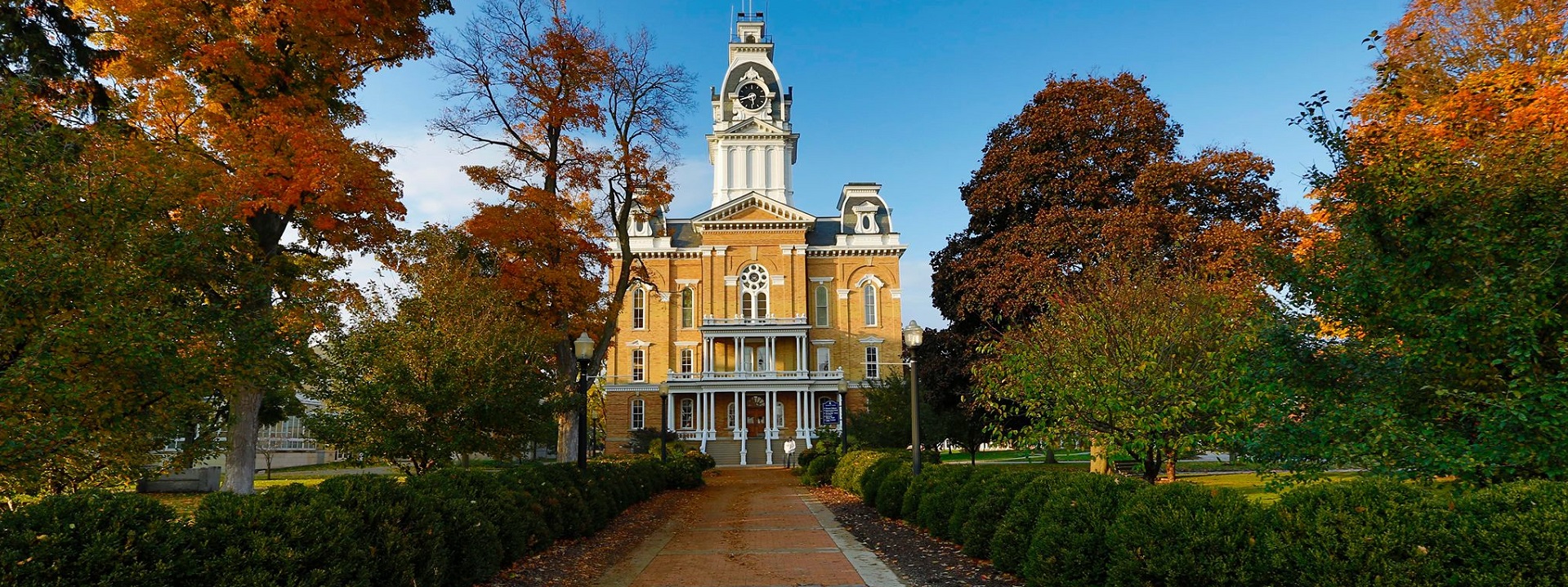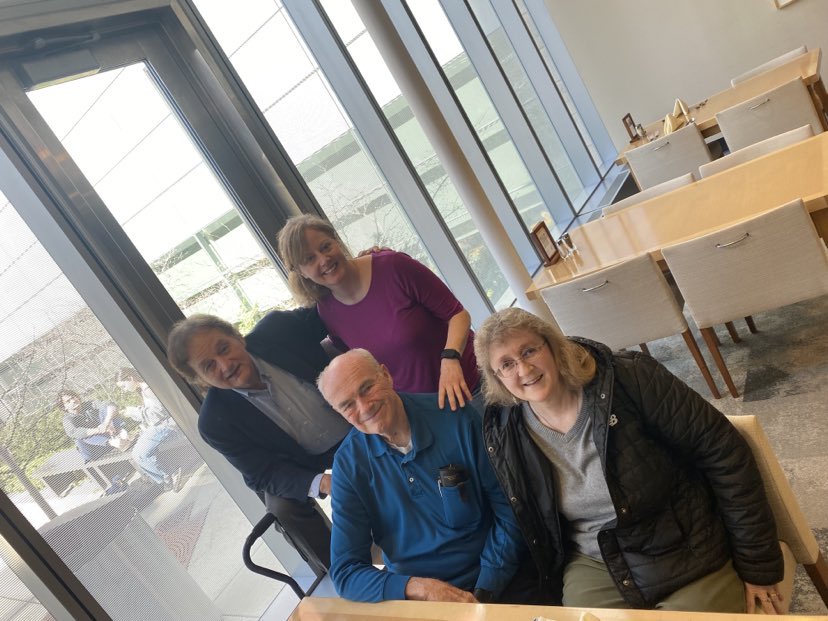Starting 2025 — and continuing through 2026 — we change our approach to responding to public consultation in the development of the NFPA catalog. Draft proposals are listed at the bottom of this page.
| NFPA 70 National Electrical Code | NFPA 70B Standard for Electrical Equipment Maintenance | NFPA 70E Standard for Electrical Safety in the Workplace
|
NFPA 72 National Fire Alarm and Signaling Code
|
| NFPA 78 Guide on Electrical Inspections
|
NFPA 79 Electrical Standard for Industrial Machinery |
NFPA 111 Standard on Stored Electrical Energy Emergency and Standby Power Systems |
|
|
NFPA 730 Guide for Premises Security
|
NFPA 731 Standard for the Installation of Premises Security Systems
|
NFPA 780 Standard for the Installation of Lightning Protection Systems
|
NFPA 855 Standard for the Installation of Stationary Energy Storage Systems
|
|
NFPA 1078 Standard for Electrical Inspector Professional Qualifications Public input June 4, 2025 |
|||
| Lorem ipsum |
NFPA 101 Life Safety Code § UpCodes Free Access (Michigan 2012)
Means of Egress | Chapter 7
NFPA 70 National Electrical Code § Upcodes Free Access (Michigan 2023)
Elevators | Article 620
Second Draft Report
Pool, Fountain, Agriculture & Water Infrastructure Electrical Safety
Interconnected Electric Power Production Sources “Microgrids”
NFPA 72
Definitions. 3.3.89 Dormitory Suite (NEW)
-
Dormitory Suite: A shared living space within a dormitory building, featuring individual or shared bedrooms, a common living area, and sometimes a small kitchen or bathroom, designed for 4–6 students.
-
Apartment-Style Housing: On-campus or off-campus apartments with multiple bedrooms, a shared kitchen, living room, and bathroom(s), accommodating 4–6 students.
-
Cooperative Housing (Co-op): A student-managed housing unit where 4–6 unrelated students share responsibilities for chores, cooking, and maintenance while living together in a house or apartment.
-
Shared Residence Hall Unit: A section of a residence hall with private or semi-private bedrooms and shared common areas like a lounge or kitchen, housing 4–6 students.
-
Cluster Housing: A group of bedrooms clustered around a shared living space, often including a kitchenette or bathroom, designed for 4–6 students in a residence hall or apartment complex.
-
Pod-Style Housing: A modern dorm layout where 4–6 students share a compact unit with individual or paired bedrooms, a common area, and shared facilities like a bathroom or kitchen.
-
Student Townhouse: A multi-level housing unit, typically off-campus or in university-owned complexes, with shared living spaces and multiple bedrooms for 4–6 students.
-
Quad or Hex Apartment: An apartment specifically designed for 4 (quad) or 6 (hex) students, featuring shared amenities like a kitchen, living room, and bathroom(s).
-
Communal House: An off-campus house leased by 4–6 students, with shared spaces like a living room, kitchen, and bathrooms, often independently rented but sometimes university-affiliated.
-
Living-Learning Community Unit: A shared housing arrangement for 4–6 students in a residence hall, centered around a specific academic or thematic focus, with shared common areas to foster collaboration.
Should show up in NFPA 101 and referral to them is appreciated.
Annex G.
Settlement.
Campus Fire Pump Network.
NFPA 110/111
NFPA 78 and 1078







